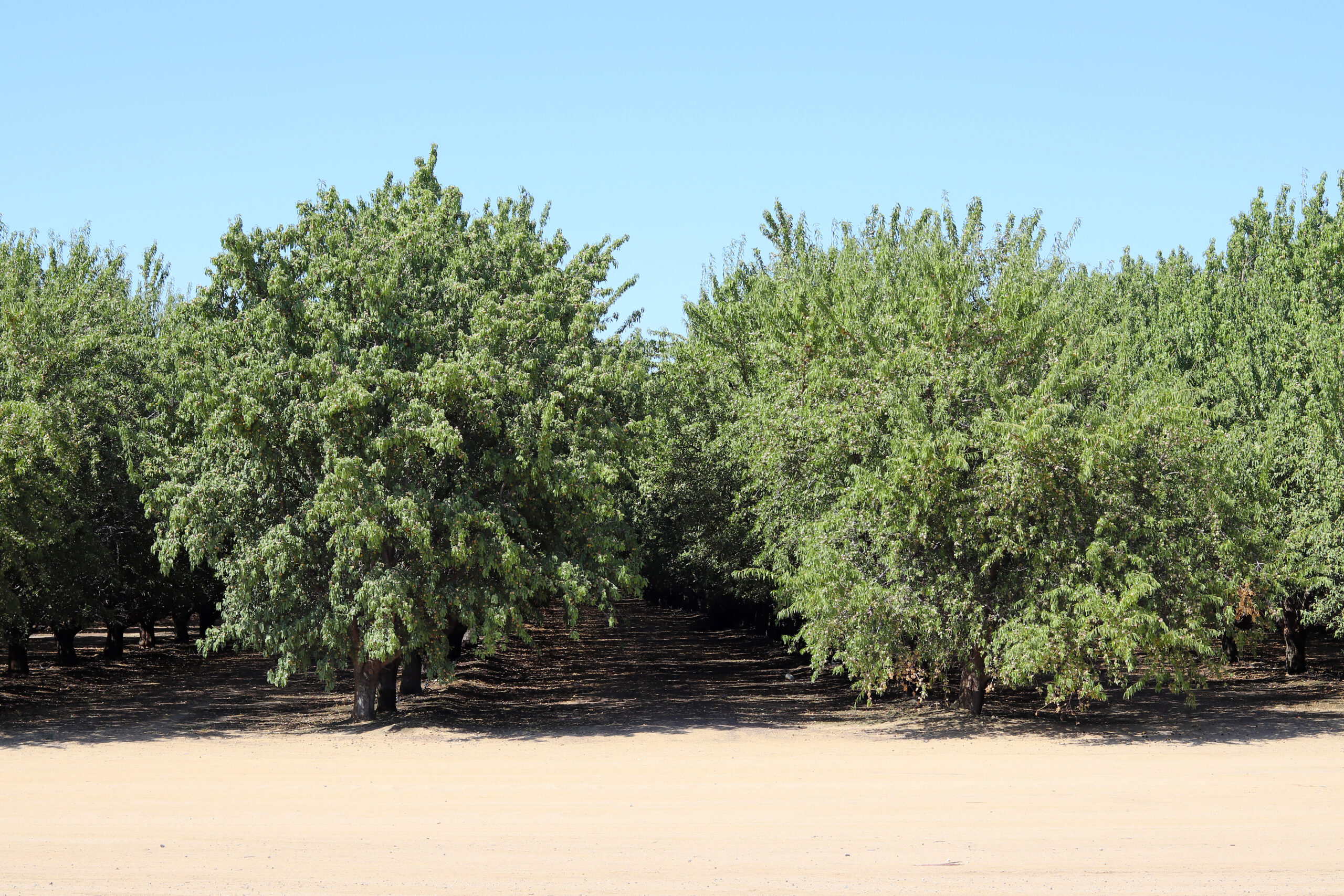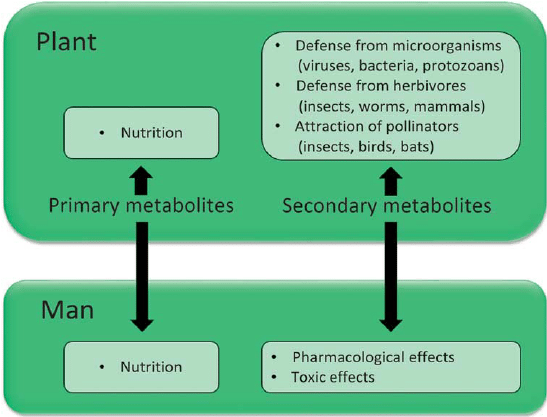
by Deac Jones | Apr 27, 2022 | News
Pesticides encompass herbicides, insecticides and fungicides. They’re chemical compounds designed to kill, each with their own targets and modes of action. As little as 0.1 percent of an applied pesticide interacts with its targeted weed or pest. The remainder contaminates the soil, air and water and can cause significant collateral damage throughout the ecosystem. Pesticides can undercut regenerative agriculture goals by harming soil communities and altering critical biochemical processes in the soil. By disrupting soil communities, pesticides can cause significant changes in the composition, diversity and basic functioning of important soil microflora.

by Deac Jones | Mar 29, 2022 | News
As we go into our second year of drought, we need to look back at some of the lessons we learned from the 2012-2016 California drought so we can come out of this thing successfully. Droughts in California can be long and uncertain but, like all forms of disaster, preparation greatly diminishes drought losses, and organization is central to effective preparation and response.

by Deac Jones | Mar 16, 2022 | News
Urine contains many nutrients that are beneficial for plant growth, such as nitrogen, phosphorus, and potassium. Many cultures around the world have used urine for centuries as a fertilizer. Given the skyrocketing pricing for synthetic fertilizers like urea, is it time to give some real consideration to this idea?

by Deac Jones | Feb 2, 2022 | News
Plants are one of the most successful forms of life on earth, despite their inability to move about. Since they can’t flee inhospitable conditions, they have evolved numerous physical and biochemical coping mechanisms, enabling their own pollination and seed dispersals, combating variations in climatic conditions, deploying herbivore deterrents, creating barriers to pathogen invasions, and mitigating biotic and abiotic stresses.
Primary metabolites are involved in nutrition and the basic essential metabolic processes inside the plant. Secondary plant metabolites (SMs) help the plant adapt to changing conditions. Secondary metabolites may also inhibit the growth of competitor plants (allelopathy). Pigments (such as terpenoid carotenes, phenolics, and flavonoids) color flowers and, together with terpene and phenolic odors, attract pollinators. It makes sense for growers to promote the production of secondary metabolites to naturally make the plant more “bulletproof.”

by Deac Jones | Jan 19, 2022 | News
The DTN Fertilizer Index, a weekly survey of more than 300 retailer prices, showed dry urea averaging $873 per ton in the first week of December 2021. With 920 pounds of nitrogen provided to a crop from each ton of urea, that’s $0.95 per pound of nitrogen. With liquid UAN-32 fertilizer priced at $661 per ton and 640 pounds of nitrogen available from each ton, that’s $1.03 per pound of nitrogen.
These prices don’t seem to have any chance of declining, but there are viable options for reducing synthetic fertilizer costs by incorporating biological products into your crop program. The integration of biological products can deliver a greater ROI by reducing the cost of inputs and increasing quality crop yields.
Today’s biofertilizer market is $1.2 billion to $1.5 billion. Biologicals are projected to have a growth rate that’s two to three times faster than the traditional crop protection market. Bio-controls and bio-stimulants will have global sales of more than $15 billion by 2027!






